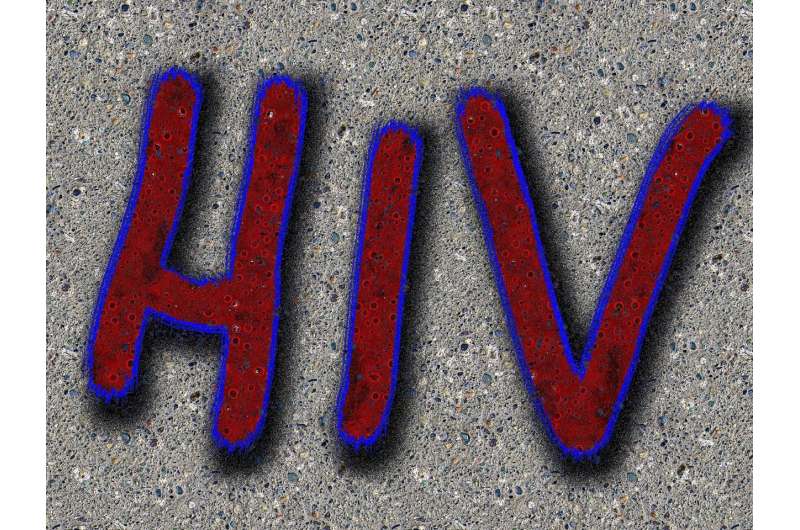Innovative Topical Gel Provides Relief from Skin Rash Side Effect of Targeted Cancer Treatment

Researchers from UCLA Health Jonsson Comprehensive Cancer Center and The University of Texas MD Anderson Cancer Center have identified a new topical therapy option to manage a common and painful skin rash associated with targeted cancer treatments. The study focused on a novel gel named LUT014, which contains a BRAF inhibitor that significantly lessens the severity of acne-like rashes caused by anti-EGFR therapies used in colorectal cancer treatments.
These anti-EGFR therapies, including drugs like cetuximab and panitumumab, are crucial in treating various cancers but often lead to dermatological side effects such as rashes, which can impair patients' quality of life and may result in dose reductions or discontinuation of therapy.
The clinical trial, presented at the annual American Association for Cancer Research (AACR) meeting on April 27, involved 118 patients with colorectal cancer who developed moderate to severe rashes during treatment. Participants were randomly assigned to receive either a low-dose gel, a higher-dose gel, or a placebo gel, applied once daily for 28 days. The primary evaluation criteria were changes in rash severity and improvements in quality-of-life measures.
Results demonstrated that 70% of patients using the higher-dose LUT014 gel experienced significant improvement in rash severity, compared to 48% in the low-dose group and only 33% in the placebo group. Notably, the gel’s application did not interfere with the effectiveness of the cancer treatments.
LUT014 functions by reactivating the MAPK signaling pathway in the skin, which anti-EGFR therapies suppress. This approach restores skin function, reduces inflammation, and alleviates rash symptoms, ultimately helping patients maintain their optimal cancer treatment regimens.
The findings highlight that managing skin toxicity with topical solutions is a feasible strategy that can enable patients to continue cancer treatments without interruption. As Dr. Antoni Ribas emphasized, this development offers hope for improving the overall care experience and outcomes for cancer patients suffering from treatment-related skin side effects.
This advancement marks a significant step forward in supportive care for cancer patients, aiming to improve their comfort and treatment adherence while maintaining the efficacy of anti-cancer therapies.
Stay Updated with Mia's Feed
Get the latest health & wellness insights delivered straight to your inbox.
Related Articles
Viral Protein from HIV Enhances Tuberculosis Risk in People with HIV
A recent study reveals how the HIV viral protein Tat impairs cellular defenses, increasing tuberculosis susceptibility in people living with HIV. Research insights highlight new therapeutic avenues to reduce co-infection risks.
New Monthly Obesity Injection Demonstrates Significant Weight Loss in Clinical Trial
A new monthly injectable drug, MariTide, shows promising results in clinical trials, helping adults with obesity lose up to 20% of their body weight over a year, marking a significant advancement in obesity treatment.
Declining Childhood Vaccination Rates in the Netherlands: Insights from Recent Study on Socioeconomic Influences
Recent studies reveal a decline in childhood vaccination coverage in the Netherlands, driven by socioeconomic disparities and misinformation, highlighting the urgent need for targeted public health strategies.
New Research Highlights the Critical Role of ADAM10 Protein in Retinal Disease Development
A groundbreaking study reveals the crucial role of ADAM10 protein in retinal neovascularization and offers promising new targets for treating vision-threatening retinal diseases.



